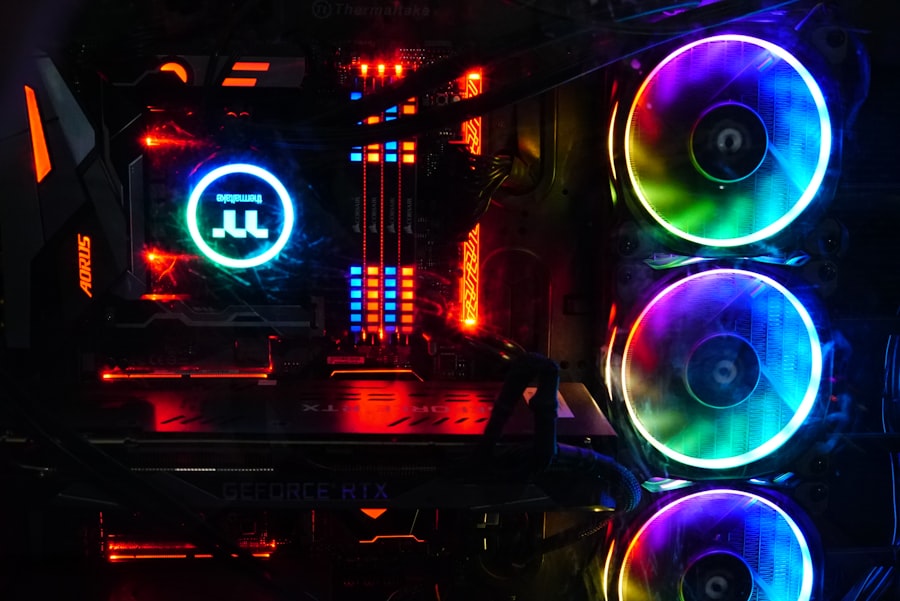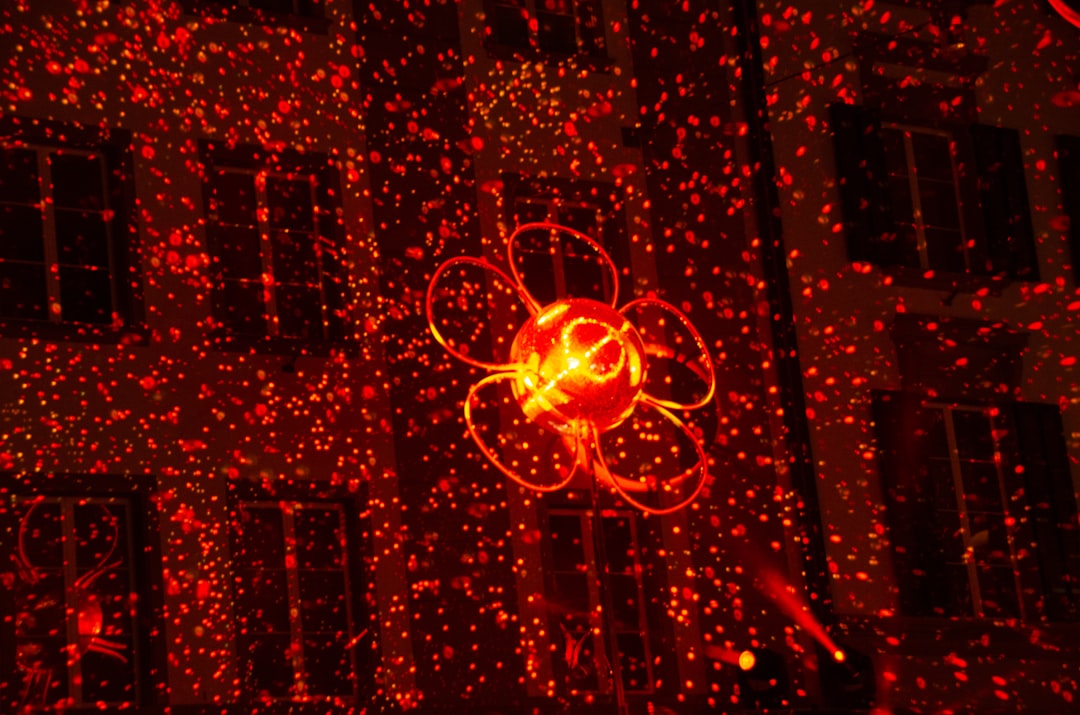Laser hair removal has become a popular method for achieving smooth, hair-free skin. Traditionally, this procedure was only available in professional settings, but with advancements in technology, at-home laser hair removal devices have become more accessible and affordable. DIY laser hair removal offers the convenience of being able to treat unwanted hair in the comfort of your own home, on your own schedule. It is important to note that while at-home devices can be effective, they do require proper knowledge and technique to ensure safe and successful results. In this article, we will explore the world of DIY laser hair removal, including how to choose the right device, preparing your skin for treatment, a step-by-step guide for the procedure, post-treatment care, potential risks and side effects, and tips for successful at-home laser hair removal.
Key Takeaways
- DIY laser hair removal is a convenient and cost-effective alternative to professional treatments.
- When choosing a laser device for home use, consider factors such as skin tone, hair color, and safety features.
- Preparing your skin for laser hair removal involves shaving, cleaning, and avoiding sun exposure.
- A step-by-step guide for DIY laser hair removal includes setting the device to the appropriate intensity and treating the desired area.
- Post-treatment care and maintenance involve moisturizing the skin and protecting it from sun exposure.
- Potential risks and side effects of DIY laser hair removal include skin irritation, burns, and changes in skin pigmentation.
- Tips for successful DIY laser hair removal include following the instructions carefully, being patient with results, and seeking professional help if needed.
Choosing the Right Laser Device for Home Use
When it comes to choosing a laser hair removal device for home use, there are several factors to consider. The first consideration is the type of device – there are three main types of at-home laser hair removal devices: diode, IPL (intense pulsed light), and Nd:YAG. Each type of device works differently and may be more suitable for certain skin types and hair colors. It is important to research and understand the differences between these devices to determine which one is best for your specific needs. Additionally, consider the size of the treatment area and the speed of the device. Some devices are designed for smaller areas such as the face, while others are suitable for larger areas like the legs or back. The speed of the device can also vary, with some offering faster treatment times than others. Finally, consider the safety features and FDA clearance of the device. Look for devices that have built-in safety features such as skin tone sensors and FDA clearance for at-home use to ensure the device is safe and effective.
Preparing Your Skin for Laser Hair Removal
Properly preparing your skin for laser hair removal is essential for achieving the best results and minimizing potential risks. The first step in preparing your skin is to shave the treatment area before each session. This is important because the laser targets the hair follicle beneath the skin, so it is necessary to remove any visible hair on the surface. It is important to avoid waxing, plucking, or using depilatory creams before treatment, as these methods remove the hair from the follicle, which is needed for the laser to effectively target the hair. Additionally, it is important to avoid sun exposure and tanning beds before and after treatment. Sun exposure can increase the risk of complications such as burns or changes in pigmentation. It is recommended to use sunscreen on the treatment area if sun exposure cannot be avoided. Lastly, it is important to thoroughly cleanse the skin before treatment to remove any makeup, lotions, or oils that could interfere with the laser’s effectiveness.
Step-By-Step Guide for DIY Laser Hair Removal
| Steps | Details |
|---|---|
| Step 1 | Choose the right laser hair removal device |
| Step 2 | Prepare your skin by shaving the area |
| Step 3 | Test the device on a small area of skin |
| Step 4 | Adjust the intensity level of the laser |
| Step 5 | Start the laser hair removal process |
| Step 6 | Apply soothing lotion or gel to the treated area |
| Step 7 | Repeat the process every 4-6 weeks |
Before beginning a DIY laser hair removal session, it is important to read and understand the instructions provided with your specific device. Each device may have slightly different guidelines for use, so it is important to follow the manufacturer’s recommendations. The first step in the process is to ensure that your skin is clean and free of any lotions or oils. Next, shave the treatment area to remove any visible hair on the surface. Once the skin is prepped, it is time to begin the laser treatment. Start by selecting the appropriate energy level for your skin type and hair color as recommended by the device’s instructions. It is important to start with a lower energy level and gradually increase as needed to avoid discomfort or skin irritation. Hold the device against the skin and press the button to emit a pulse of light. Move the device to an adjacent area and repeat the process until the entire treatment area has been covered. After completing the session, apply a soothing gel or lotion to help calm the skin and reduce any redness or irritation.
Post-Treatment Care and Maintenance
After completing a DIY laser hair removal session, it is important to take care of your skin to ensure proper healing and long-term results. It is normal to experience some redness or mild irritation immediately following treatment, but this should subside within a few hours. To help soothe the skin, apply a cooling gel or lotion to the treated area. It is also important to avoid sun exposure and tanning beds for at least a week after treatment to prevent any potential complications such as burns or changes in pigmentation. If sun exposure cannot be avoided, be sure to apply sunscreen with a high SPF to protect the treated area. It is also important to avoid any other hair removal methods such as waxing or plucking between laser sessions, as these methods can interfere with the hair growth cycle and reduce the effectiveness of the laser treatment.
Potential Risks and Side Effects

While DIY laser hair removal can be an effective method for achieving smooth, hair-free skin, it is important to be aware of potential risks and side effects. One common side effect of laser hair removal is redness and irritation immediately following treatment. This is typically mild and should subside within a few hours. In some cases, more serious side effects such as burns, changes in pigmentation, or scarring can occur, especially if proper precautions are not taken. It is important to follow all safety guidelines provided with your specific device and to avoid sun exposure before and after treatment to minimize these risks. Additionally, it is important to use caution when treating areas with tattoos or moles, as the laser can cause changes in pigmentation or damage to these areas.
Tips for Successful DIY Laser Hair Removal
To ensure successful DIY laser hair removal, there are several tips to keep in mind. First, be consistent with your treatments. Hair grows in cycles, so it is important to stick to a regular schedule for treatments to effectively target all hairs in their active growth phase. Additionally, be patient – it may take several sessions to achieve desired results, so do not expect immediate hair loss after just one treatment. It is also important to follow all safety guidelines provided with your specific device and to avoid using higher energy levels than recommended for your skin type and hair color. Finally, if you have any concerns or experience any unusual side effects during treatment, it is important to consult a dermatologist or healthcare professional for guidance.
In conclusion, DIY laser hair removal can be an effective method for achieving smooth, hair-free skin in the comfort of your own home. By choosing the right device, properly preparing your skin, following a step-by-step guide for treatment, practicing post-treatment care and maintenance, being aware of potential risks and side effects, and following tips for successful treatment, you can achieve safe and successful results with at-home laser hair removal. As with any cosmetic procedure, it is important to do thorough research and consult with a healthcare professional if you have any concerns or questions before beginning DIY laser hair removal treatments.
Looking to achieve smooth, hair-free skin at home? While laser hair removal can be a great option, it’s important to understand the process and steps involved. If you’re curious about the number of treatments needed for laser hair removal on the face or the average cost of Brazilian laser hair removal, check out these informative articles from In Laser Hair Removal: “How Many Treatments for Laser Hair Removal on Face” and “What Is the Average Cost of Brazilian Laser Hair Removal”. These resources provide valuable insights that can help you make informed decisions about your at-home laser hair removal journey.
FAQs
What is laser hair removal?
Laser hair removal is a cosmetic procedure that uses a concentrated beam of light (laser) to remove unwanted hair. The laser targets the pigment in the hair follicle, damaging the follicle and inhibiting future hair growth.
Is it safe to do laser hair removal at home?
At-home laser hair removal devices are generally safe when used according to the manufacturer’s instructions. However, it’s important to carefully follow the guidelines and precautions to minimize the risk of adverse effects.
What are the steps for laser hair removal at home?
The steps for at-home laser hair removal typically include preparing the skin, selecting the appropriate energy level, and applying the device to the treatment area in a systematic manner. It’s important to follow the specific instructions provided with the device.
How long does it take to see results from at-home laser hair removal?
Results from at-home laser hair removal can vary, but many people start to see a reduction in hair growth after a few treatments. It may take several weeks or months to achieve the desired results, and maintenance treatments may be necessary.
Are there any risks or side effects associated with at-home laser hair removal?
Potential risks and side effects of at-home laser hair removal may include skin irritation, redness, and temporary changes in skin pigmentation. It’s important to carefully follow the instructions and perform a patch test before using the device on a larger area. If you experience any adverse effects, discontinue use and consult a healthcare professional.






